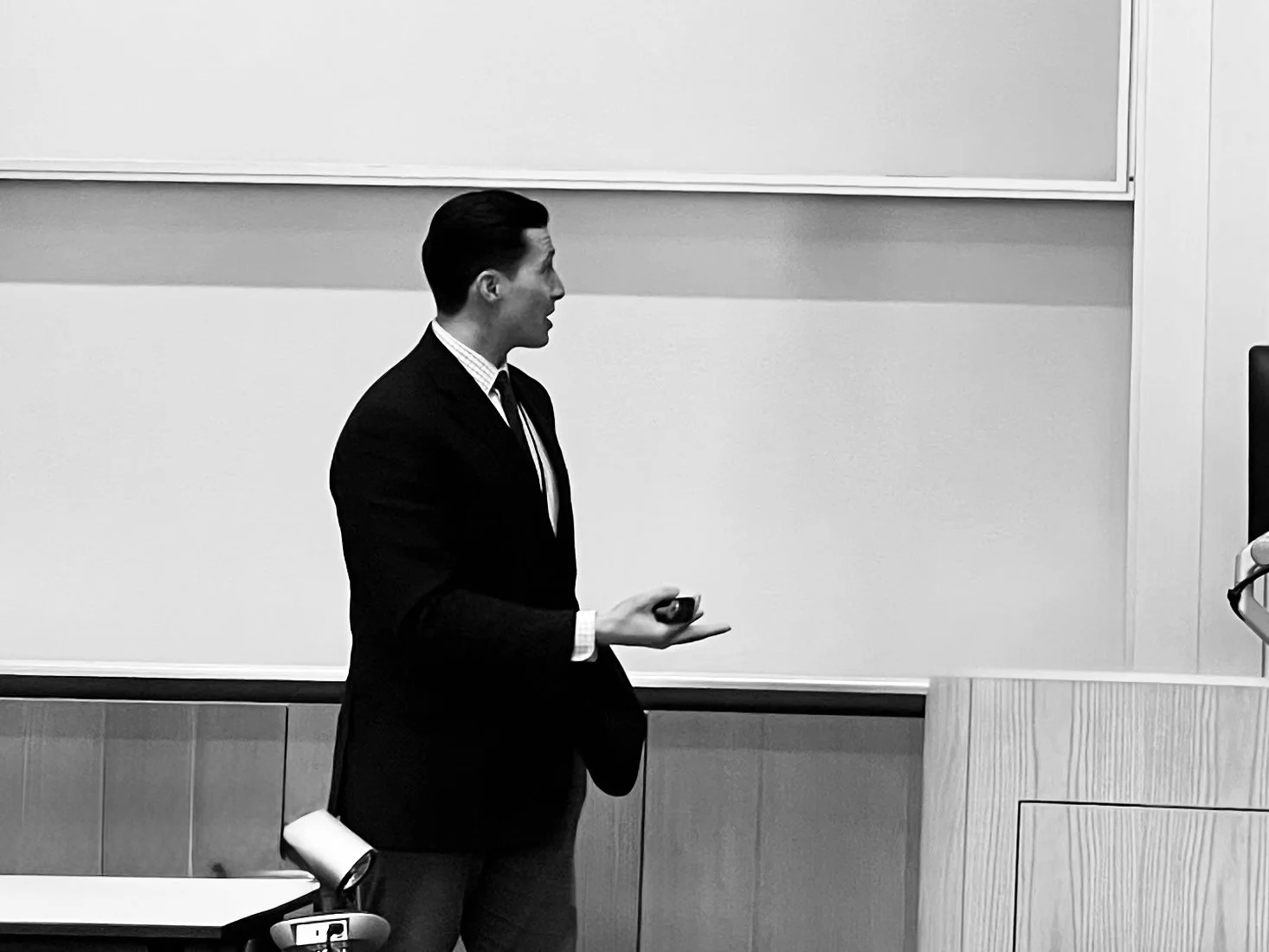Your Custom Text Here
One of my most research recent articles is “Double-edged stars: Michelin stars, reactivity, and restaurant exits in New York City”, which is published at Strategic Management Journal. I am grateful to find that this work has caught the attention of a wide audience, and it has been covered by dozens of media outlets across the globe — including The Economist, The Times (of London), Marginal Revolution, Crain’s Chicago Business, The Week, and it was highlighted by Sarah Steimer on the Strategic Management Society Explorer. I appreciate the widespread interest and warm reception from diverse writers and readers. Note that I am in the process of developing a follow-up study that I hope will address at least some of the many remaining open questions in this space.
I completed my PhD in the Department of Management and Organizations at the Leonard N. Stern School of Business, New York University. I was supported by a great dissertation committee (consisting of Gino Cattani (chair), Adam Brandenburger, Paul DiMaggio, Joe Porac, and Rob Seamans) who helped me develop some impactful ideas. Prior to the doctoral program at NYU-Stern, I completed a MA at Columbia University in Quantitative Methods in the Social Sciences where my thesis was supervised by David Stark. As an undergraduate at the University of Arizona, I quadruple majored in Economics, Political Science, Accounting, and Finance. I wrote three honors theses that were, respectively, supervised by Price Fishback, Paulette Kurzer, and Chris Demchak.
Holistically, my research focuses on how factors outside the boundaries of the firm can affect the production and distribution of value in markets. This research reflects an orientation to the core topics that intersect the strategic management, organizations, innovation, and entrepreneurship literatures. I address strategic questions of value creation and capture to disentangle and explain ways in which economic and social forces permeate economic activities and affect market outcomes. I am interested in both developing theory and providing managerially relevant insights through scholarship. I have recent publications in Strategic Management Journal [and here and here], Research Policy, Strategy Science, Advances in Strategic Management, and Research in the Sociology of Organizations—and I have an Oxford University Press book chapter out in Competition: What It Is and Why it Happens. I regularly present my work at leading conferences throughout the world, including those hosted by the Academy of Management (AOM), Strategic Management Society (SMS), European Group for Organizational Studies (EGOS), and the Society for the Advancement of Socio-Economics (SASE). Projects that I am working on have been recognized with awards and generous support from organizations such as AOM, SMS, EGOS, the National Science Foundation (NSF), the Kauffman Foundation, NYU’s Fubon Center, the American Association of Wine Economists (AAWE), and the National Bureau of Economic Research (NBER).
In addition to my academic credentials, I have served in the military for nearly two decades and remain active in the United States Army Reserve. I hold the rank of lieutenant colonel.
